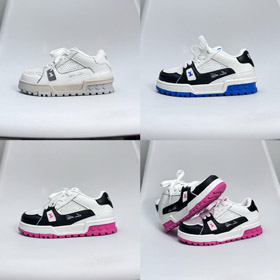The Timeless Legacy of Burberry: A Story of British Elegance
Since its inception in 1856, Burberry
Originally developed for British military officers during World War I, the Burberry trench coat quickly transitioned from battlefield essential to wardrobe staple. Features like D-rings, storm flaps, and gun flaps remained as distinctive design elements long after their practical military uses became obsolete. You can explore some modern variations of these classics in this product comparison sheet
In the 1920s, Burberry introduced what would become one of fashion's most recognizable symbols - the camel, black, white, and red tartan check. Initially used as a lining for trench coats, the pattern became so popular that the company began incorporating it into accessories and eventually entire garment collections. This bold move helped position Burberry as both a traditional brand with modern marketing sensibilities. The early 2000s saw Burberry navigate the challenges of brand dilution due to counterfeit products. Under the leadership of creative directors like Christopher Bailey and Riccardo Tisci, the company successfully repositioned itself while honoring its heritage. Today, Burberry strikes a careful balance between For those interested in detailed specifications of current Burberry offerings, this comprehensive product spreadsheet
In recent years, Burberry has committed to becoming carbon neutral while still expanding its global footprint. The brand has experimented with recycled materials in clothing lines and eliminated unnecessary plastic from packaging - initiatives that resonate with environmentally conscious consumers. From outfitting explorers to dressing Hollywood royalty on red carpets, Burberry's journey reflects both constant evolution and steadfast commitment to quality. More than just a fashion label, it remains an enduring symbol of British culture's global influence.From Humble Beginnings to Global RecognitionFounded by 21-year-old Thomas Burberry in Basingstoke, England, the company started as a small draper's shop catering to local farmers and sportsmen. Burberry's breakthrough came in 1879 when he invented gabardine, a revolutionary breathable, water-resistant fabric that would become fundamental to the brand's reputation for functional yet fashionable outerwear.
The Birth of an Icon: The Trench Coat
The Distinctive Check Pattern
Modern Transformation
Sustainability and Future Directions



















